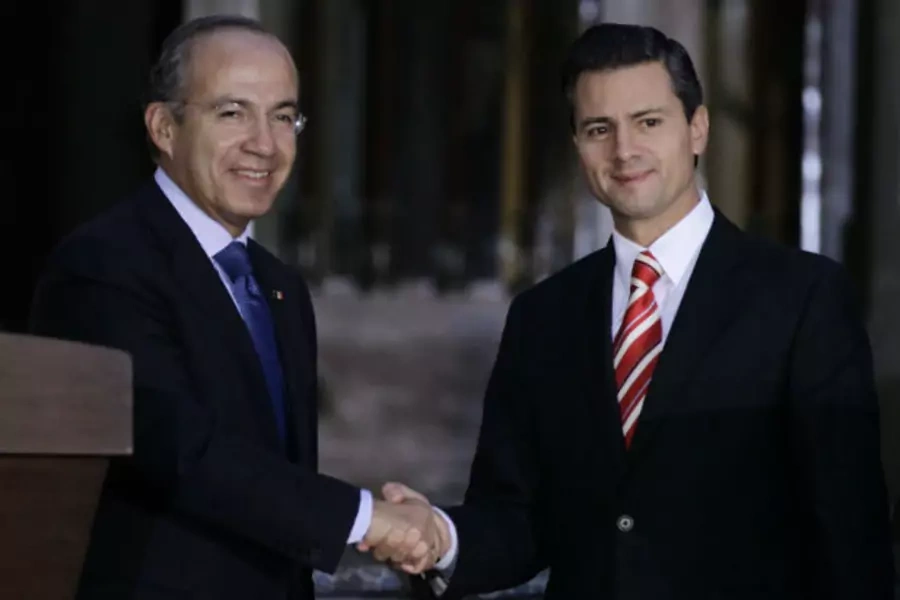Mexico’s Congressional Agenda for 2013

More on:
With Enrique Peña Nieto’s first congressional session just starting, expectations are high. Between now and April 30th, when the sixty-second Congress will adjourn, many hope the administration will tackle the deep seated structural issues that hold the nation back.
Mexico’s Congress has much going for it, as momentum for reform—lacking for years—is there. This new Congress began its tenure last September (working with President Felipe Calderón), and during its first go round, it passed a labor reform that enables greater flexibility in hiring and firing workers and an education reform that changes the way teachers will be hired, evaluated, and promoted. Though some deemed the reforms as watered-down, these significant pieces of legislation represent a break from the gridlock of the past.
Another advantage lies in the congressional leadership. The heads of the PRI delegations—the largest in both houses—are adept political operators. Senator Emilio Gamboa Patrón brings over thirty years experience working in a multitude of government positions to the table. Even stronger is Manlio Fabio Beltrones in the lower house, recognized by supporters and critics alike as one of Mexico’s most gifted politicians. Their developing agenda complements much of the PAN’s, where they may find willing partners.
Finally, Mexico’s three main political parties have already identified the substantial common ground on what needs to be done. The Pacto por Mexico is comprised on five central areas (constructing a law-based society, promoting economic growth, employment and competitiveness, improving security and justice, enhancing transparency, and furthering democratic governance) and includes ninety-five proposals that address everything from breaking up monopolies to investing more in science and technology. Though moving from principles to details is always difficult, this underlying consensus provides a starting point missing in the past.
So what will be on 2013’s agenda? The Pacto por Mexico lays out complete first and second semester schedules that can be found here and here, but the items to watch are fiscal and energy reforms. On the tax side this will mean changes that both increase contributions and better collection. On energy it means reforms that open up the sector in some capacity to foreign involvement, bringing in the needed technology, expertise, and investment to make sure oil and gas exploration and production grows. Changes in telecommunications—to increase competition, strengthen regulation, and boost investment—are also vital, as this sector is both more expensive and less efficient than those of many other emerging economies, including Brazil, South Korea, and China. As important are judicial and political reforms to foster greater transparency and accountability more broadly.
How successful the Peña Nieto administration is in 2013 will determine not only the legacy of his six year term, but also in no small way Mexico’s future. The president and his team need to take advantage of the political capital and parties’ consensus before midterm politics emerge (which will occur in 2015 ). The next ten months will decide whether the optimism is warranted.
More on:
 Online Store
Online Store